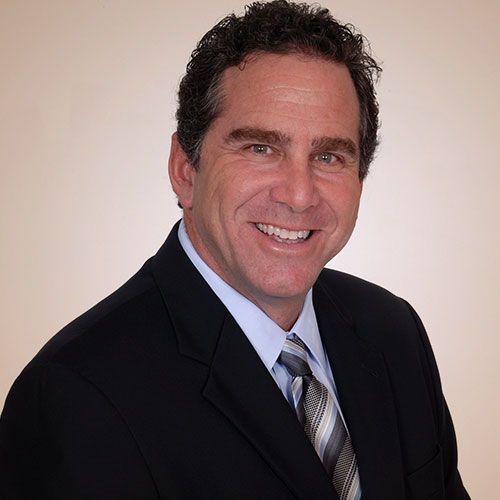In a follow up to a contentious and public anesthesia transition in 2018, the Charlotte Observer reports that both Atrium Health System and its patients have realized savings. Atrium CEO Gene Woods is quoted in the article indicating that patients have realized 10% out-of-pocket savings and the Health System has reduced anesthesia spend by $20 Million, across eight hospitals. The transition displaced 90 anesthesiologists who had been employed by a Mednax affiliate. These physicians were replaced by providers brought in by the new vendor, Scope Anesthesia of North Carolina. One of the reasons for the group change was to provide anesthesia services under a more care team based model with expanded use of CRNA’s. According to the article, Atrium said last year that it expected anesthesiology costs to be cheaper under Scope because, unlike Mednax, it is not a publicly traded company that faces shareholder pressure to increase profits.
EHC NOTE:
The Anesthesia coverage saga at Atrium Health highlights some interesting dynamics currently shaping the anesthesia service delivery market. In our work with anesthesia groups, hospitals and health systems, we see this playing out in a number of ways in individual markets.
Many large provider groups with over 1,000 providers have grown rapidly in recent years. They have done so through some organic growth, but more so through acquisitions. Funding for acquisitions often comes from investors – either through private equity or public markets. Many of these firms are then “recapitalized” or resold to other investors often at higher multiples. This creates a need for increased earnings to support the desired return on investment (ROI). The need for a higher ROI and the fact that large entities have higher overhead (support staff, financial staff, sales staff, recruiters etc.) drives the need for more earnings from each contract or book of business. However, the higher expenses are frequently offset by better payer rates for discretionary payers. The result is that the net financial impact is complex.
Smaller groups on average have lower overhead and required net margin requirements but generate less revenue for the same book of business. Each situation must be analyzed (by individuals with extensive anesthesia expertise) based on all expense and revenue drivers to determine whether a large group or a small group will require more financial support. Therefore, while we would not dispute the reported savings realized by Atrium across eight facilities, it would be unwise to extrapolate this to all situations and conclude that moving from a larger group to a smaller group is less expensive. As is often the case, “the devil is in the details”, and that is especially true for the complex and multi-factorial issue of anesthesia subsidies.

Dr. Howard Greenfield is a board-certified anesthesiologist with expertise in cardiac anesthesia, pain management, and healthcare consulting. A founding partner of Sheridan Healthcare, he led anesthesia operations at Memorial Regional Hospital and helped establish trauma and pediatric programs. He later served as VP of Business Development at Sheridan, expanding services nationally. In 2009, he co-founded Enhance Healthcare Consulting, where he’s spent over 13 years leading anesthesia and perioperative improvement initiatives across the U.S. with a data-driven, strategic approach.
